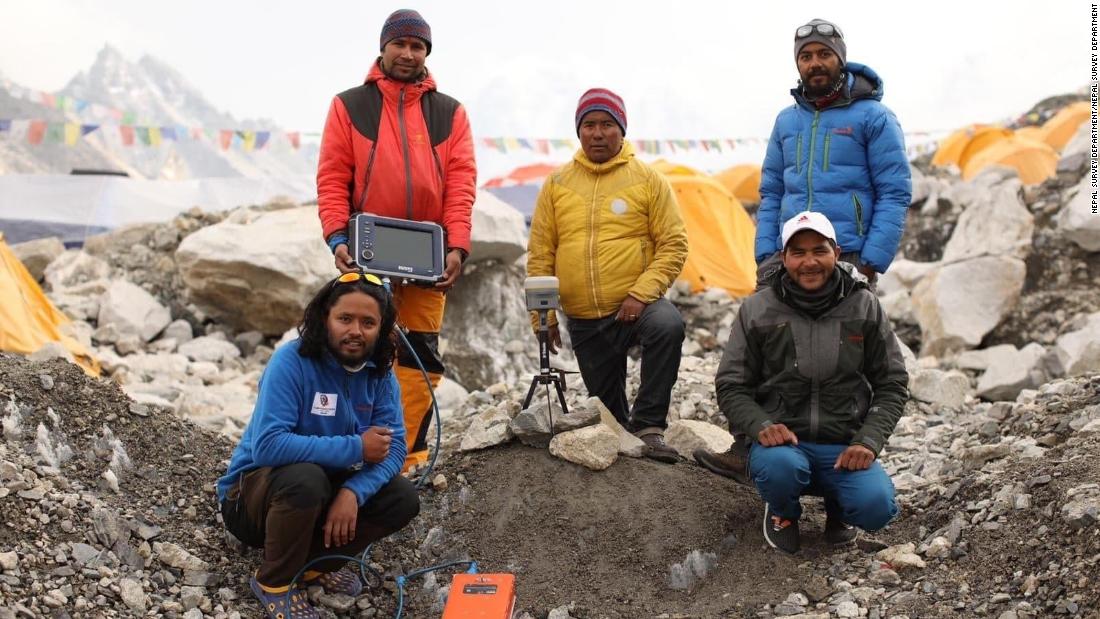The agreement marked the end of a long-running debate about the exact dimensions of the mountain, known as Sagarmatha in Nepal and Kumulangma in Tibet. Over the years, countries – as well as other governments around the world – have provided different estimates of the height of the mountain.
“The project was a source of national pride for Nepal and an eminent work for the Nepali government. I feel proud that we were able to complete it successfully,” Sushil Dangul, Deputy Director General of the Nepalese Survey Department, told CNN. “Nepal and China processed the surveyed data and came to the conclusion.”
The hypothetical press conference was attended by Nepal’s Foreign Minister Pradeep Kumar Jiawali and his Chinese counterpart Wang Yi.
In 2005, a Chinese survey of the mountain estimated it to be approximately 8,844 meters (about 29,015 feet).
However, since the search was not authorized by Nepal, the state did not recognize it as the official elevation. At the time, they were using a figure of 8,848 meters (29,029 ft), in line with results of the 1955 Indian Survey.
Then, in 2015, multiple scientific studies indicated that the height of the mountain may have changed after a 7.8-magnitude earthquake hit Nepal. Two years later, the Nepalese government for the first time embarked on the long and arduous task of re-measuring altitude.
During Chinese President Xi Jinping’s visit to Nepal last year, the two countries agreed to jointly announce the new height, describing the summit as “an eternal symbol of friendship between Nepal and China.” China began measuring from the Tibetan side of the mountain after Xi’s visit.
The new altitude was calculated using a set of geodetic data received from three mechanisms: the leveling instrument, the gravimeter, and the global positioning system. The team placed a signal receiver at each station, measured the amount of time the signals took to travel between the receiver and the satellite – and then converted that measurement to a height.












































